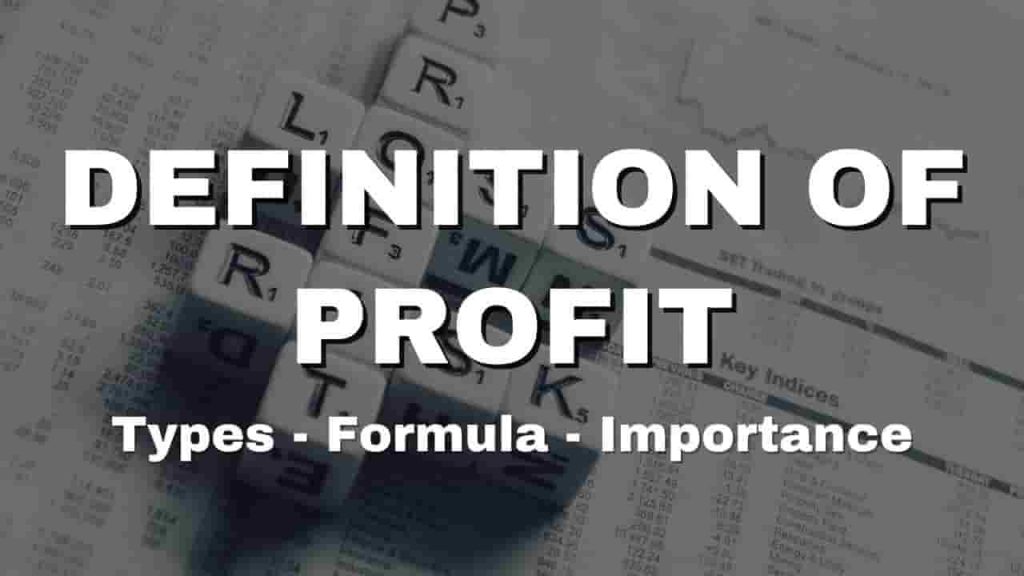Profit Definition
Profit is the left revenue, also known as income after all expenditures have been deducted from a company’s revenue. Profits in small enterprises are typically distributed directly to the company’s owner or owners. Dividends are paid to investors by firms that are publicly owned and traded. A business owner may either keep the money or reinvest it in the firm to promote development and profit.
What is Profit Margin?
Profit margin is one of the most often used profitability ratios to determine how much money a firm or business activity produces. It denotes the percentage of sales that have generated in profits.
Why Profit is Important?
Profit is a necessary byproduct of running a business. Often, the primary purpose of a business is to make a profit. A positive bottom line demonstrates that the firm is in good health and functioning well. Profit is money that businesses may use to do things like maintaining the workplace or equipment, replacing or upgrading cars or other high-cost assets, or investing in new products, services, or personnel. Businesses may expect to thrive as long as they make a profit.
Types of Profit
Following are the types of profit:
Gross Profit
Gross profit is typically the first form of profit mentioned on an income statement, and it is usually the largest amount. The gross profit of a business is the revenue less the cost of goods sold or COGS. The gross profit enables businesses to understand how much money they’ve made after deducting the direct costs of producing their product or service. Subtract COGS from total sales to determine gross profit.
Gross Profit Formula
Gross Profit=Total Sales−COGs
Operating Profit
On the income statement, operating profit is less than gross profit. It takes into consideration both the cost of goods sold and the cost of operational costs. Operating profit assists firms in determining how direct expenditures, such as personnel and machinery, and indirect costs, such as building rent and utilities, subtract from profit. Subtract operational costs from gross profit to determine operating profit.
Operating Profit Formula
Operating Profit= Gross Profit−Operating Expenses
Net Profit
Net profit is the income statement’s final profit computation, usually known as the bottom line. Net profit is the amount of income that remains after deducting all company expenses, including taxes and interest. The bottom line genuinely reflects a company’s health by displaying how much income remains after deducting all expenses and costs. Subtract tax and interest charges from operating profit to arrive at net profit.
Net Profit Formula
Net Profit=Operating Profit−Taxes & Interest
Conclusion
Profit is defined as a company’s extra income after all expenditures have been paid for the period. If overall revenues do not exceed total costs for a given quarter, the corporation does not record negative profits. Negative profits do not exist. Instead, the company’s income statement would show a net loss, showing that sales were inadequate to pay costs for the period.
For more click here and if you are looking for full forms of different acronyms and words then check out this list you really gonna find this helpful. We also have an Essay on every topic, Check the complete list here. If you are Studying in Matric Free Video Lectures of Maths, Physics and English are here, and we have got you covered for I.COM Business Maths also.




